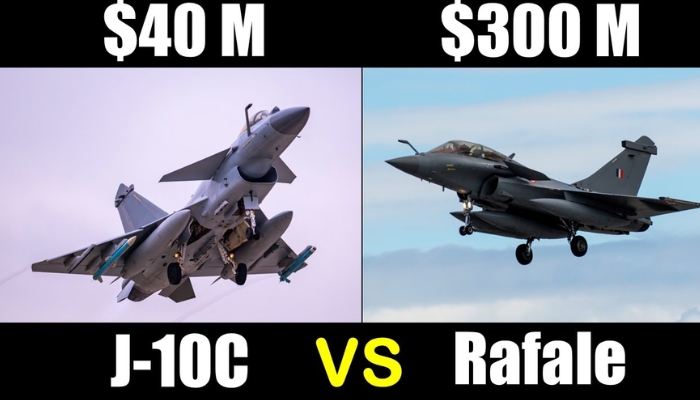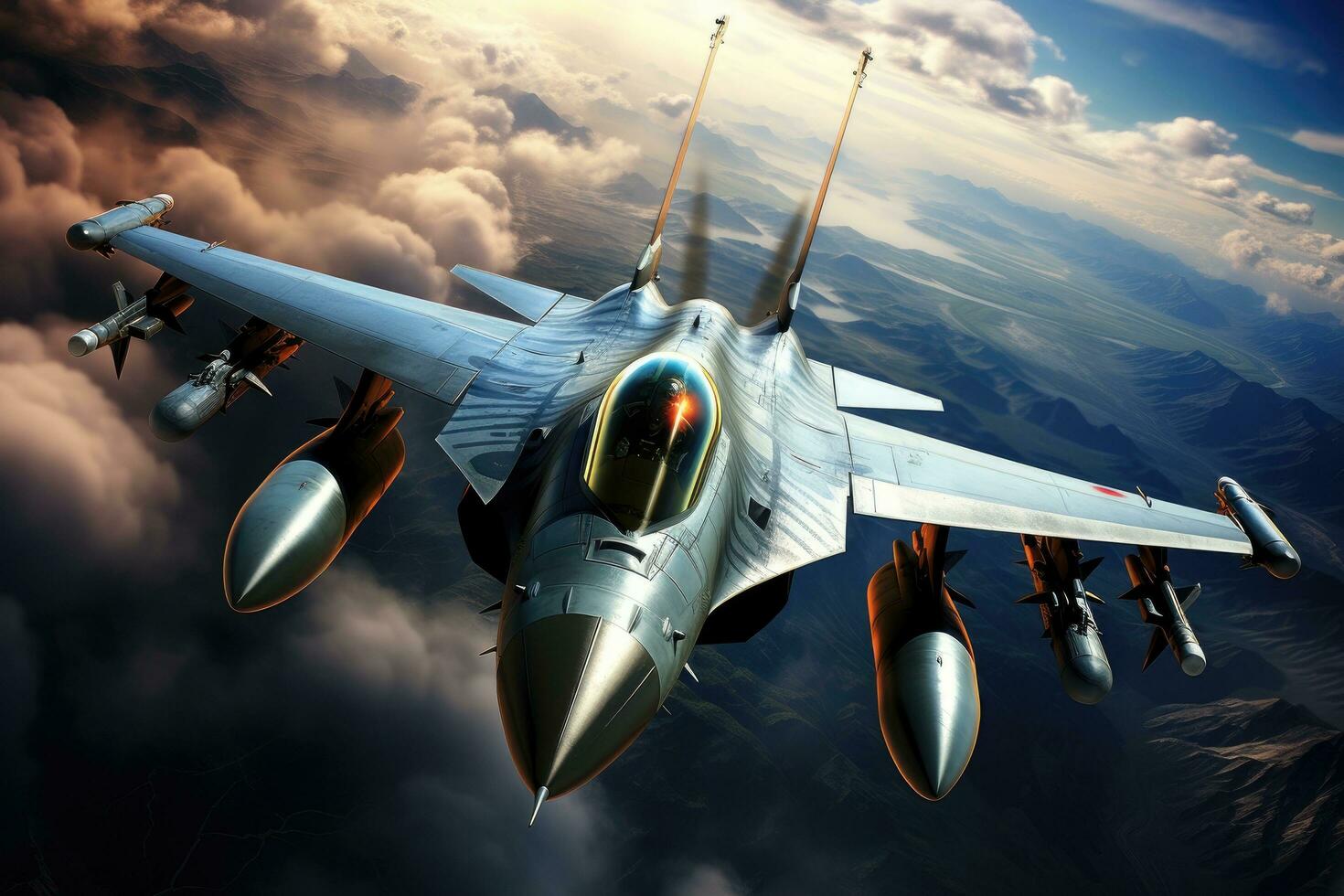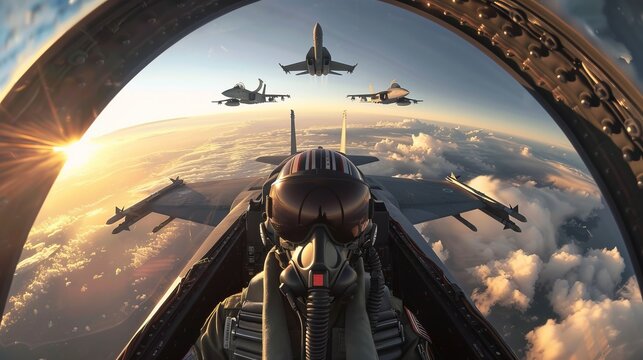"Unmasking the Air Dominance Duel: A Feature-by-Feature Breakdown of France’s Rafale and China’s J-10C in the 4.5-Gen Arena"

Rafale vs J-10C: Comparing 4.5-Gen Fighter Jet Power and Features
In the modern era of aerial combat, few rivalries capture as much attention as the Dassault Rafale vs Chengdu J-10C matchup. Both aircraft are classed as 4.5-generation multirole fighters, making them powerful tools in the arsenals of their respective nations—France and China. But how do they truly compare in terms of technology, maneuverability, combat readiness, and export success? Let’s dive deep into this high-stakes aerial showdown that’s capturing global attention.
If you’re passionate about defense technology, military comparisons, and expert gear reviews, check out the latest insights on MBBReviews—your trusted destination for honest, in-depth reviews.
The Dassault Rafale, developed by France’s Dassault Aviation, entered service in 2001 and represents a culmination of French aerospace expertise. Designed to perform air supremacy, ground attack, reconnaissance, and nuclear deterrence roles, the Rafale is a true multirole beast. It serves in the French Air Force and Navy, as well as with international customers like India, Egypt, Greece, and the UAE.
The Chengdu J-10C, part of China’s ongoing push to modernize its air fleet, is a development of the earlier J-10A and B. First flown in 2013 and introduced into service around 2017, the J-10C brings stealth coatings, AESA radar, and improved avionics to the table. It primarily serves in the People’s Liberation Army Air Force (PLAAF) and is seen as a cornerstone of China's regional air dominance.
The Rafale features two Snecma M88-2 turbofan engines, providing high thrust-to-weight ratio and superlative maneuverability. Its twin-engine setup gives it redundancy and power in high-risk combat environments, such as carrier operations or mountainous terrain.
Top Speed: Mach 1.8
Combat Range: ~1,850 km (without refueling)
Thrust: 50 kN dry / 75 kN with afterburner (per engine)
The J-10C is powered by a single WS-10B (or AL-31FN in some variants), which is powerful but does not offer the same redundancy or long-term resilience as Rafale’s twin-engine configuration.
Top Speed: Mach 2.0
Combat Range: ~1,240 km
Thrust: ~123 kN with afterburner
Verdict: While the J-10C slightly edges in speed, Rafale's twin engines and superior combat range offer better endurance and safety in real-world scenarios.
The Rafale’s RBE2-AA AESA radar and Spectra Electronic Warfare system are among the most advanced in any 4.5-gen aircraft. Spectra offers 360° threat detection, jamming, and decoy systems, making the Rafale almost stealth-like in its survivability.
The J-10C features a KLJ-7A AESA radar, offering good range and target-tracking capabilities. It also includes electronic countermeasures (ECM) and infrared search and track (IRST), but many experts believe it's still a notch below Rafale’s Spectra system.
Verdict: Rafale leads with more mature and combat-tested electronic warfare and radar systems.

Rafale can carry a wide variety of weapons, including:
Meteor beyond-visual-range (BVR) missiles
MICA IR and RF missiles
SCALP EG cruise missiles
Exocet anti-ship missiles
Nuclear-capable ASMP-A missiles
It boasts 14 hardpoints for a large payload.
The J-10C carries Chinese-made weapons such as:
PL-15 BVR missiles (similar to Meteor)
PL-10 short-range missiles
YJ-91 anti-radiation missiles
With 11 hardpoints, it carries fewer weapons but benefits from indigenous missile development like the PL-15, which is highly capable.
Verdict: Rafale has greater weapons compatibility and variety, especially for NATO and allied nations, while the J-10C holds its own with impressive domestic missile tech.

The Rafale was not designed as a stealth aircraft, but its radar cross-section (RCS) is minimized through advanced shaping and materials. Spectra further reduces its detection probability by enemy radars.
J-10C uses radar-absorbent material (RAM) and minor shaping changes compared to earlier variants, enhancing stealth but not to 5th-gen levels.
Verdict: Slight edge to Rafale, thanks to its combat-proven EW suite and lower RCS.
The Rafale is a global success, especially in high-stakes markets like:
India: 36 Rafales deal valued at over $8 billion
Egypt: 54 Rafales
Greece & UAE: Multi-billion dollar contracts
Its reliability and trustworthiness make it a go-to fighter for allies seeking versatility, quality, and long-term support.
While largely used by China, the J-10C has started appearing in Pakistan’s Air Force, which received over a dozen units by 2023. China is pushing hard to export it, especially to nations unable to afford Western systems.
Verdict: Rafale’s battle-proven reputation and wide export success clearly overshadow the J-10C’s early international footprint.

Rafales have been used in combat missions over:
Afghanistan
Libya
Mali
Syria
Iraq
These missions underscore its all-weather, multirole capabilities under intense conflict scenarios.
To date, the J-10C has not been deployed in any known live combat situation. While exercises and drills demonstrate capabilities, real-world performance remains unproven.
Verdict: Rafale’s combat-tested edge provides a major strategic advantage.
Unit Cost: ~$100 million (export)
Maintenance: High but manageable for capable air forces
Unit Cost: ~$40-50 million
Maintenance: Lower-cost Chinese systems and parts
Verdict: J-10C wins on cost-efficiency, while Rafale justifies its price through superior technology and performance.
|
Feature |
Rafale 🥇 |
J-10C |
|---|---|---|
|
Engine Power |
✅ Twin-engine |
❌ Single-engine |
|
Avionics & Radar |
✅ Advanced Spectra |
❌ Basic ECM |
|
Weapon Flexibility |
✅ NATO-compatible |
❌ Limited to China |
|
Combat Experience |
✅ Proven |
❌ None |
|
Export Success |
✅ Global |
❌ Limited |
|
Price & Affordability |
❌ Expensive |
✅ Cost-effective |
|
Maintenance |
❌ Higher |
✅ Lower |
The Dassault Rafale emerges as the clear winner for countries seeking top-tier multirole air dominance, combat reliability, and long-term strategic capability. Meanwhile, the J-10C serves as a solid, cost-effective fighter for nations aligned with Chinese defense systems.
The Rafale vs J-10C debate highlights a critical crossroads in air power—between quality vs quantity, tested vs emerging, and alliances vs affordability. As air warfare continues to evolve, these two jets represent the peak of 4.5-generation innovation—just a step below true stealth platforms like the F-35.
For more expert comparisons, reviews of military tech, and the latest defense gear analysis, don't forget to explore MBBReviews. Whether you're a defense analyst, an aviation geek, or a curious reader, MBBReviews delivers top-tier insights you won’t want to miss.
Comments